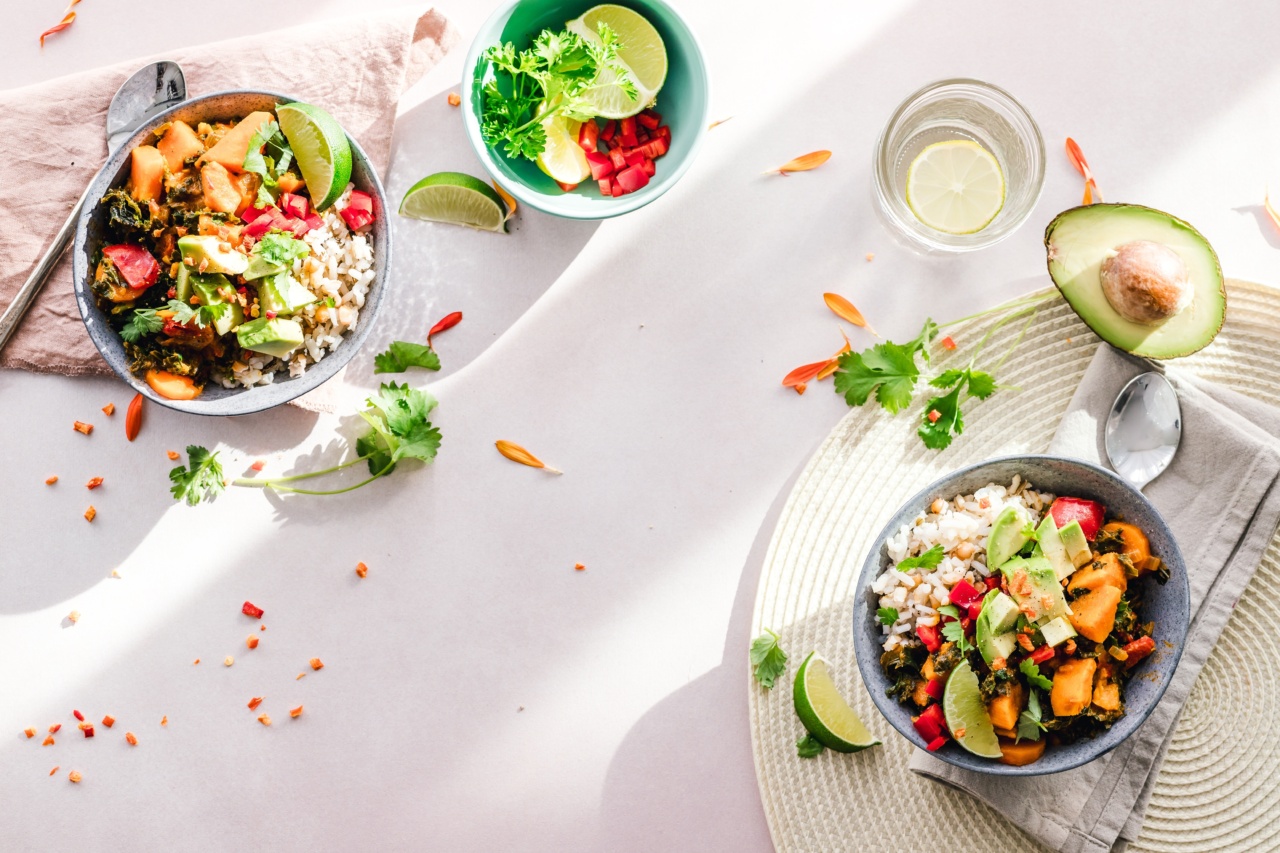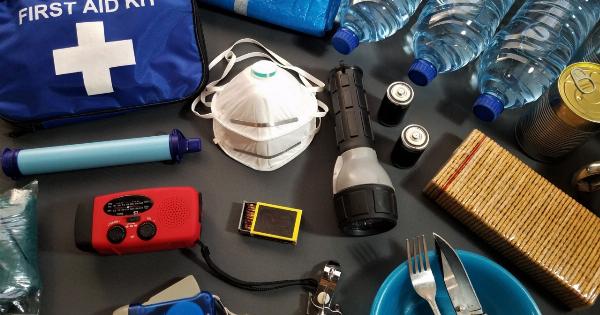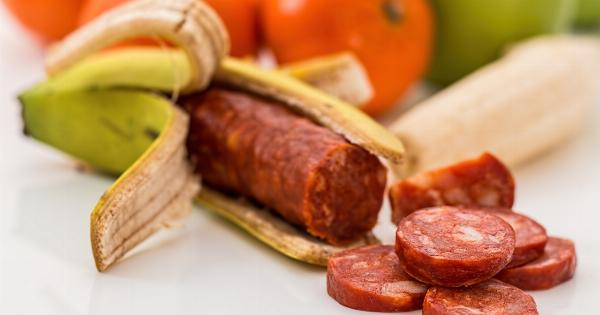Choosing fruits and vegetables is an integral part of maintaining a healthy diet. However, it is important to be aware of the potential risks associated with consuming produce that is laden with pesticides.
While pesticides are used to protect crops from pests and diseases, they can also have negative impacts on human health when consumed in large quantities. In this article, we will explore the concept of the “Toxic 12” – twelve fruits and vegetables that are commonly found to be highly contaminated with pesticides.
Why Are Pesticides Used?
Pesticides are substances specifically designed to kill or control pests that pose a threat to crops. They help protect fruits and vegetables from insects, weeds, and diseases, ensuring a higher yield and improved quality.
Without pesticides, it would be incredibly challenging for farmers to meet the ever-growing demand for food. However, the use of these chemicals raises concerns about their potential effects on human health.
The Impact of Pesticides on Human Health
The consumption of pesticides through food has been linked to various health issues, including increased risk of cancer, hormone disruption, neurodevelopmental disorders in children, and reproductive problems.
It is important to note that the levels of pesticides found in fruits and vegetables are typically within legal limits set by regulatory bodies. However, long-term exposure to even low levels of pesticides can have cumulative effects on health.
The Environmental Working Group (EWG)
The Environmental Working Group (EWG), a non-profit organization, regularly releases a list of the “Dirty Dozen” – twelve fruits and vegetables identified as having the highest levels of pesticide residues.
The EWG analyzes data from the United States Department of Agriculture (USDA) to determine the pesticide residue levels and ranks the produce accordingly.
The Toxic 12: Fruits and Vegetables High in Pesticide Residues
1. Strawberries: Strawberries often top the list of the most pesticide-laden fruits. They are typically treated with several different pesticides, including fungicides, insecticides, and herbicides.
2. Spinach: Spinach is another commonly contaminated vegetable. It is often sprayed with a variety of pesticides, including some long-lasting ones that can remain on the spinach even after washing.
3. Kale: Kale, a leafy green vegetable, is often heavily treated with pesticides to protect it from pests and diseases. Washing kale thoroughly can help reduce pesticide residues.
4. Nectarines: Nectarines, a variety of peach with smooth skin, are often treated with several different pesticides. Buying organic nectarines can be a safer option.
5. Apples: Apples are frequently treated with pesticides throughout their growth cycle. Peeling apples can reduce pesticide exposure, but many beneficial nutrients are found in the skin.
6. Grapes: Grapes, whether consumed fresh or in the form of wine, can contain high levels of pesticide residues. Washing grapes and avoiding wine made with conventionally grown grapes can help reduce exposure.
7. Peaches: Peaches, like nectarines, often have substantial pesticide residues. Choosing organic peaches can minimize exposure to harmful chemicals.
8. Cherries: Cherries are known to retain a significant amount of pesticides. Opting for organic cherries or washing them thoroughly is advisable.
9. Pears: Pears are frequently treated with pesticides, both during cultivation and after harvest. Washing and peeling pears can reduce some pesticide residues.
10. Tomatoes: Tomatoes are susceptible to various pests and diseases, leading to the use of pesticides during cultivation. Choosing organic tomatoes or growing them yourself can help minimize pesticide intake.
Reduce Exposure and Minimize Risk
While the “Toxic 12” list may seem daunting, there are steps you can take to reduce your exposure to pesticides:.
1. Buy Organic: Choosing organic fruits and vegetables, especially those on the “Toxic 12” list, can significantly reduce pesticide exposure.
2. Wash Thoroughly: Washing produce under running water and using a brush, if applicable, can help remove pesticide residues from the surface.
3. Peel When Possible: Peeling fruits like apples and pears can reduce pesticide intake, but keep in mind that many nutrients are found in the skin.
4. Diversify Your Produce: By varying the types of fruits and vegetables you consume, you can limit exposure to a specific pesticide.
5. Support Local Farmers: Buying from local farmers who follow organic or pesticide-reducing practices can ensure fresher and safer produce.
The Importance of Consumer Awareness
Consumer awareness plays a vital role in driving change and encouraging the reduction of pesticide use in agriculture. By being informed and making conscious choices, individuals can help create a demand for safer, pesticide-free produce.






























